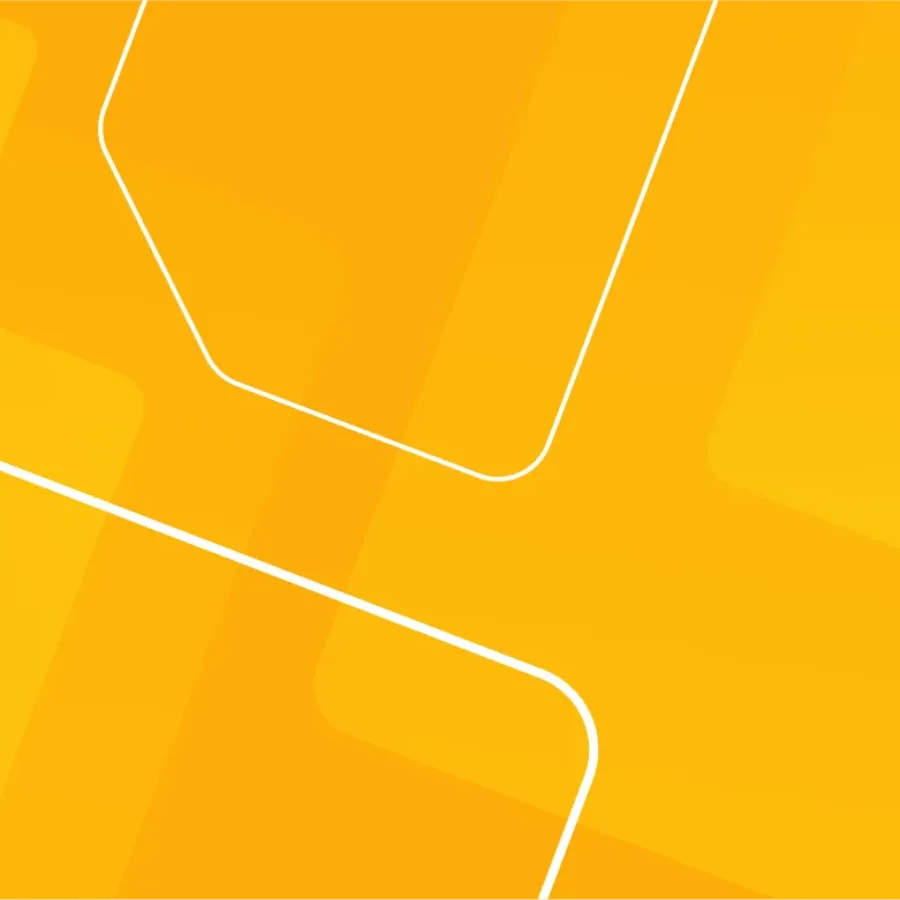 Blogs
Blogs
Anyone who has been following KCAS for any amount of time has likely heard us discuss the advantages of Hybrid LC-MS/MS for the bioanalysis of large molecules. As pioneers in the technology for many years, KCAS has become a strong proponent of working with our customers to demonstrate the quality…
 Blogs
Blogs
Understanding the interactions between drugs and biological systems is critical for the success of a new drug. One key tool in this process is functional assays. Functional assays are customized assays that evaluate the impact of drugs on the functionality of cells. They test for a drug’s specific biological mechanism…
 Blogs
Blogs
In 2022 we had 42 FDA Drug Approvals and 3 were Gene Therapies using a viral vector. 2 of the approvals in 2022 were AAV based. The third is manufactured by adding functional copies of the transgene to the patient’s own Hematopoietic Stem Cells (HSCs)…
 Blogs
Blogs
With 2022 firmly planted in our rearview mirror, and the planning for the new year essentially complete, we all look forward to a new year with cautious optimism as we wait to…
 Blogs
Blogs
Cell and Gene Therapies (CGTs) has an estimated market size value in 2022 of USD 8.22 billion and a revenue forecast in 2030 of USD 24.5 billion. This is a CAGR (compound annual growth rate) of 14.6% from 2022 to 2030. Needless to say, the…
 Blogs
Blogs
Dose Formulation Analysis is an essential step in regulated nonclinical studies. Robust analytical methods, rapid turnaround, and efficient communication helps deliver your GLP studies’ dose formulation analysis results on time…
 Blogs
Blogs
Due to its ability to analyze multiple parameters across different cell types within a sample, flow cytometry provides rich and clinically valuable data sets from even small volumes of blood. However, flow cytometry is a challenging platform to master, and requires significant investment in equipment and technical training.
 Blogs
Blogs
KCAS established our Clinical Sample Kitting team in the early 1990s in response to shortcomings we observed in the collection techniques in trials where we were providing bioanalytical support. As the group has evolved, our aim has been to provide the flexible, custom service that…
 Blogs
Blogs
After an open call that went out earlier this year, Shane De Büchel, Sr Manager of Quality Assurance (Compliance & Systems) at KCAS, has been selected as one of roughly 50 members of the Society of Quality Assurance to collaborate in authoring an upcoming data integrity book (the…
 Blogs
Blogs
With the extensive advances in technologies like CRISPR and CAR-T, cell and gene therapy has grown to become a viable way for treating Cancer as well as other diseases. Our team has over 100+ years of collective expertise in molecular services using qPCR and ddPCR for support of…
 Blogs
Blogs
Dr. Sohrab Habibi Goudarzi – Senior Director of Pharma Discovery and R&D Services, Bryan Parmentier – Senior Principal Scientist of Pharma Method Development, and Yu-Hui (Ann) Fu -Principal Scientist of Pharma Regulatory, along with other scientists at KCAS Bioanalytical & Biomarker Services, coauthored with scientists at Gilead Sciences, Inc. in…
 Blogs
Blogs
Due to the relative maturity of the technology, most people’s instinct when thinking about bioanalysis of large molecules is towards ligand binding assays. However, we urge people to be open to a more flexible approach. Using hybrid LC-MS/MS can be an equally useful tool for quantitation of biological therapeutics and…